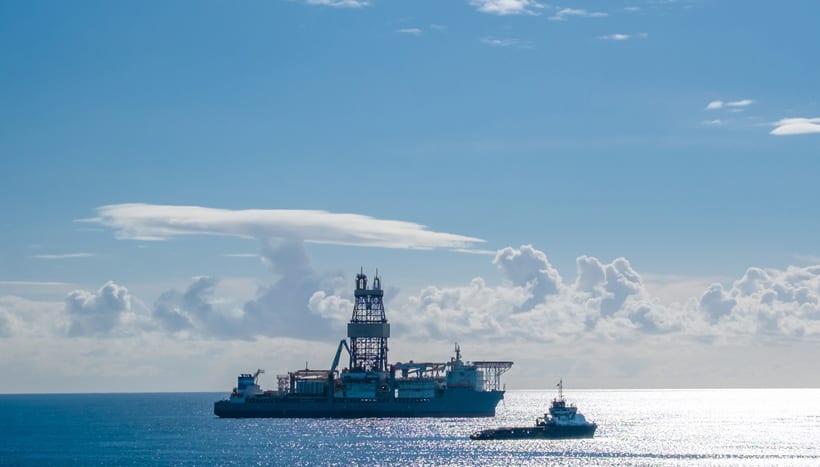Wood Mackenzie has identified the five most likely disposal candidates after ExxonMobil signalled the start of its Asia Pacific divestment programme. Together, these opportunities are worth US$5 billion, and could contribute a third of the Supermajor’s global divestment target.
Having set its ambition to divest US$15 billion worth of assets by 2021, the company has confirmed in recent weeks, it will sell stakes in Peninsular Malaysia and the Bass Strait JV in Australia. ExxonMobil joins a growing list of major producers rationalising non-core positions to focus on a tighter selection of material growth opportunities and legacy assets.
“ExxonMobil holds several mature assets in Australia, Thailand and Malaysia, with large abandonment liabilities looming. The Asia Pacific portfolio also includes large-scale, but low return, and early life, but low margin, resources in Vietnam and Indonesia. Divesting these assets would result in a more focused, higher-margin portfolio, centred on Papua New Guinea (PNG) and the non-operated Gorgon LNG project,” said Wood Mackenzie research director Andrew Harwood.
The top five divestment targets include:
- Australia – Bass Strait JV (XOM 50%, operator) and Kipper (XOM 32.5%, operator)
- Malaysia – Gas PSC (XOM 50%, operator) and EPMI 2008 PSC (XOM, 78% operator)
- Thailand exit – Sinphuhorm (XOM 10%) and Nam Phong (XOM 80%, operator)
- Vietnam exit – Cai Voi Xanh (XOM 63.75%, operator)
- Indonesia exit – Cepu (XOM 50%, operator)
Harwood added: “The growth potential of PNG and long-term, high-margin cash flow from Gorgon LNG will form the backbone of ExxonMobil’s Asia Pacific portfolio for the next decade. Disposing some or all the assets we have highlighted would allow the Major to refocus on more material growth opportunities in the region and elsewhere in the global portfolio.
“ExxonMobil’s 2020-2030 production CAGR in Asia Pacific would improve from -3% to +3% if the portfolio is concentrated on Gorgon and PNG.”
However, the bigger challenge facing ExxonMobil is availability of buyers. The majors have more than US$70 billion of assets up for sale, so there is clearly no shortage of supply for potential buyers. In addition, recent M&A activity in Asia Pacific has been dominated by a handful of regional national oil companies such as PTTEP, and local players, the likes of Medco Energi and Santos. It remains to be seen if these players still have the financial capability to support further acquisition ambitions.
“After several aborted efforts in recent years, perhaps private equity will now sense a value opportunity and make a meaningful dive into the upstream market in Asia?” Harwood said.



